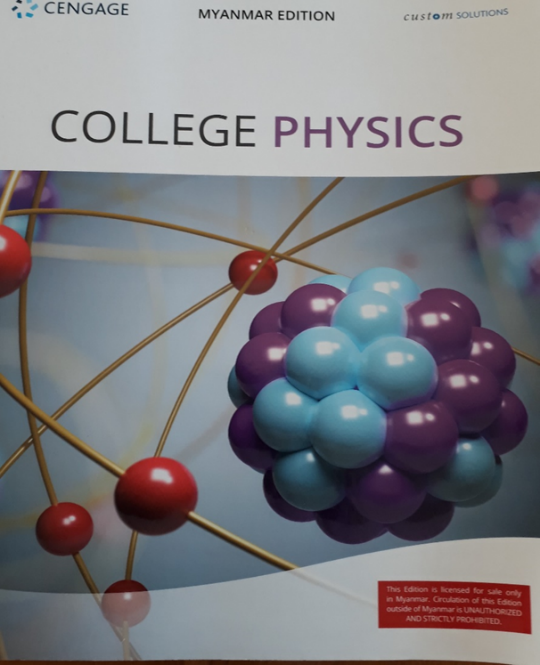Learning Outcomes
The successful completion of this course, Student will be able:
- To understand the concepts of motional quantities such as displacement, velocity, and acceleration
- To identify situation from daily life and that they can explain with the help of Newton’s three laws
- To understand what causes the force of gravity and the relationship between forces applied to bodies and the motion that those bodies experience
- To compare the total momentum of two objects before and after they interact
- To recognize the concepts of angular velocity, angular acceleration, and centripetal acceleration
- To predict the final velocity of objects after collisions, given the initial velocities, force and time
- To apply the Doppler effect to predict apparent changes in frequency due to relative velocities of a source and a listener
- To focus on some of the processes of energy transfer between a system and its surroundings
- To consider Thermal Processes in Gases
- • To understand the Heat Engines, Carnot Engine and the First law and Second Law of Thermodynamics
- To understand the magnetic force and field
- To derive voltage–current relationships for individual circuit elements carrying a sinusoidal current (We’ll consider resistors, inductors, and capacitors.)
- To understand the concept of electric field and determine the resultant electric field at a point some distance from two or more point charges.
- To determine the magnitude and direction of the electric force on a charged particle placed in an electric field.
- To sketch the electric field pattern in the region between charged objects
- To study electric current in circuits and need to understand how to measure currents and voltages.
- To know the concepts of electric current, voltage, resistance and Ohm’s Law behavior.
